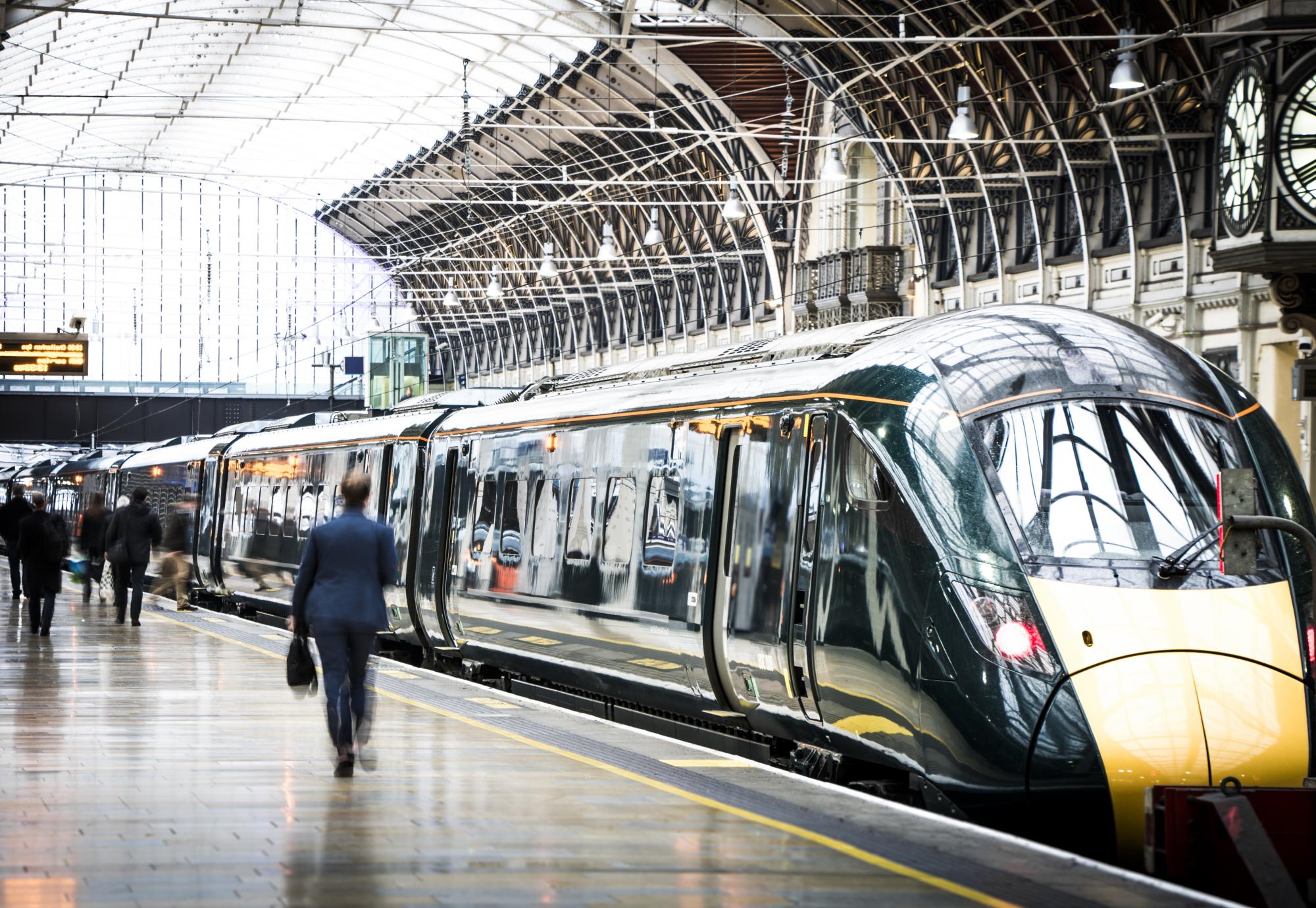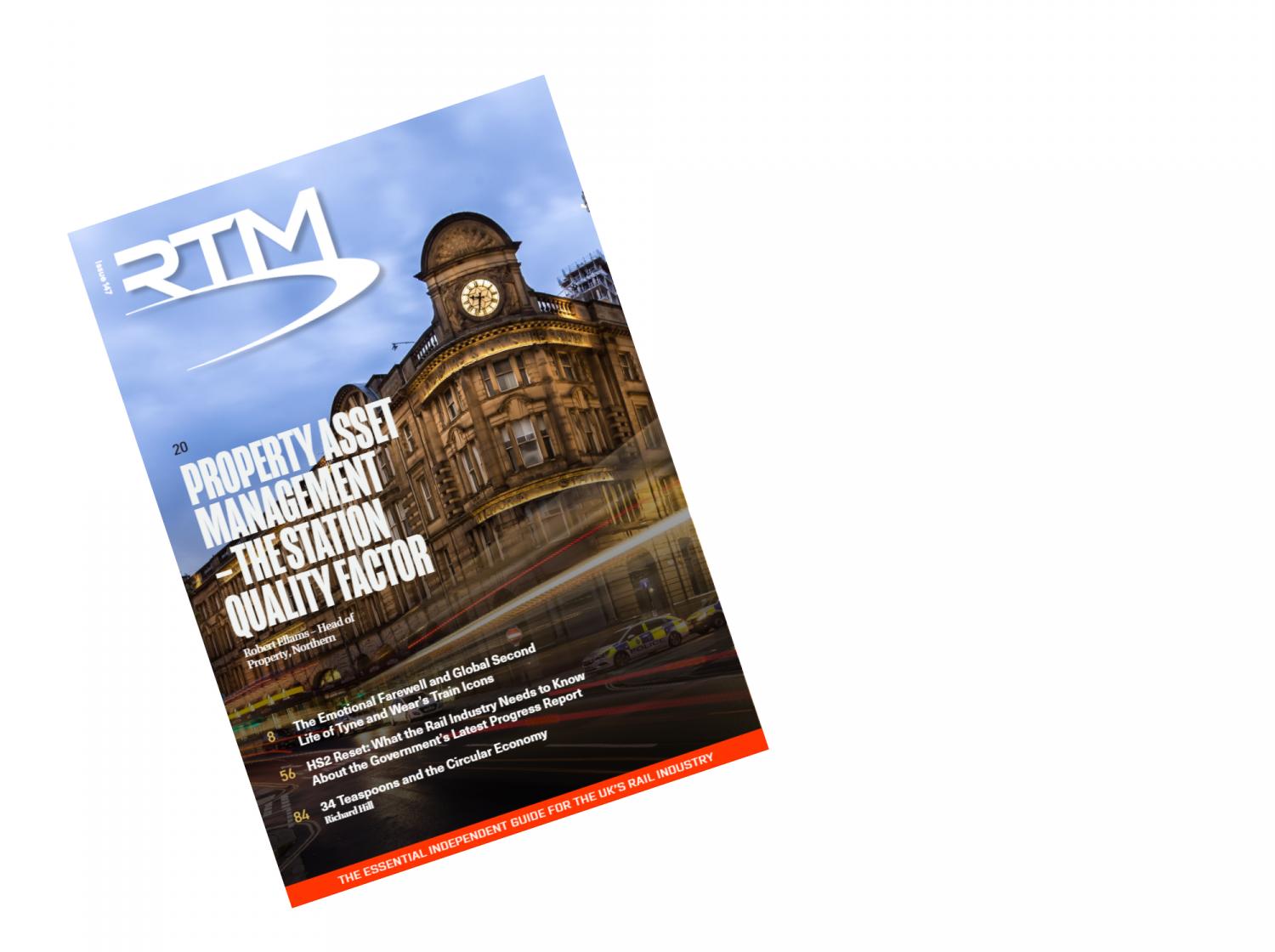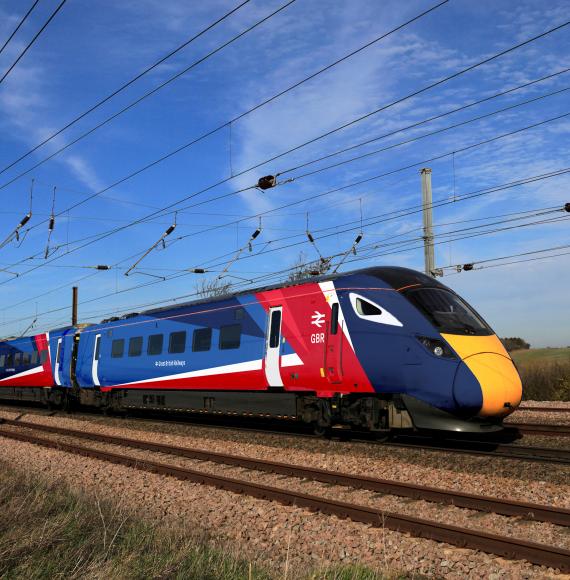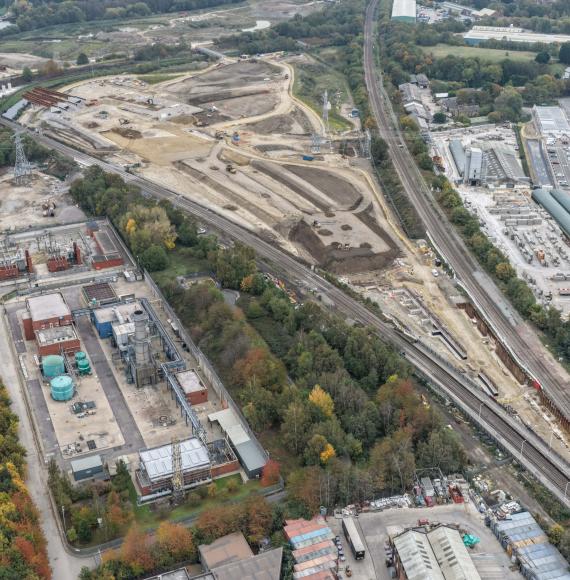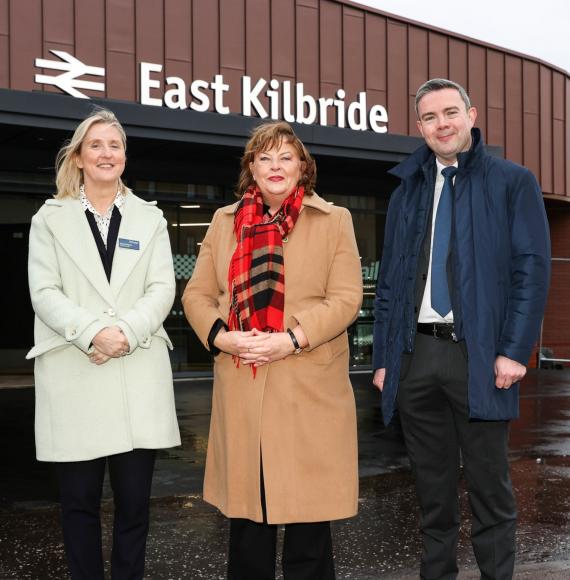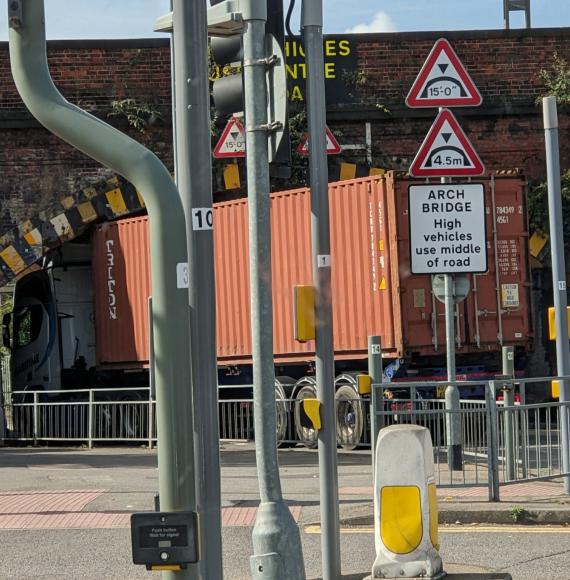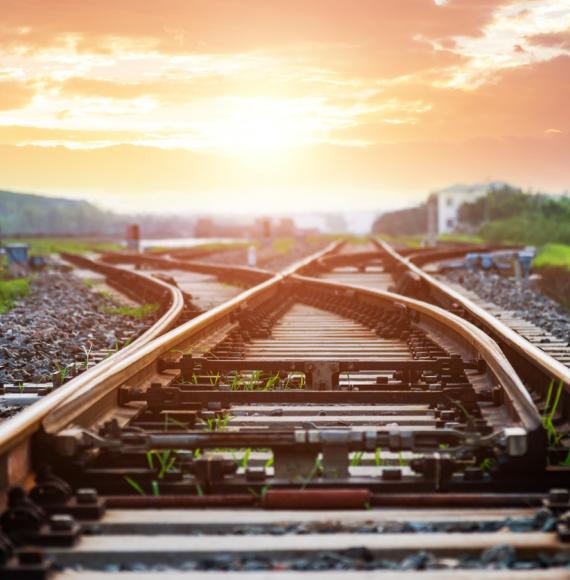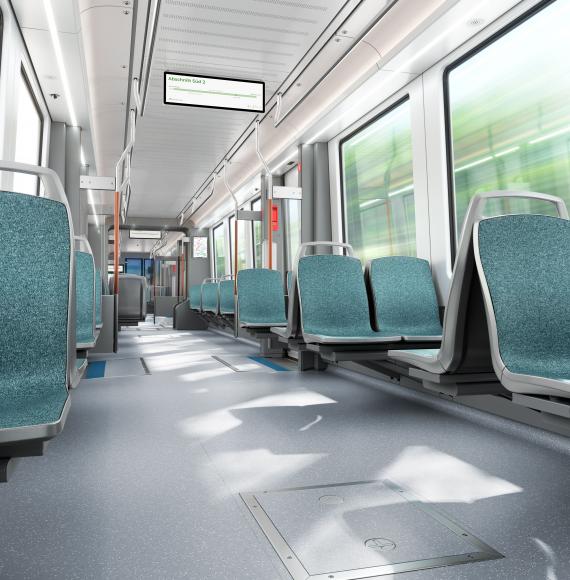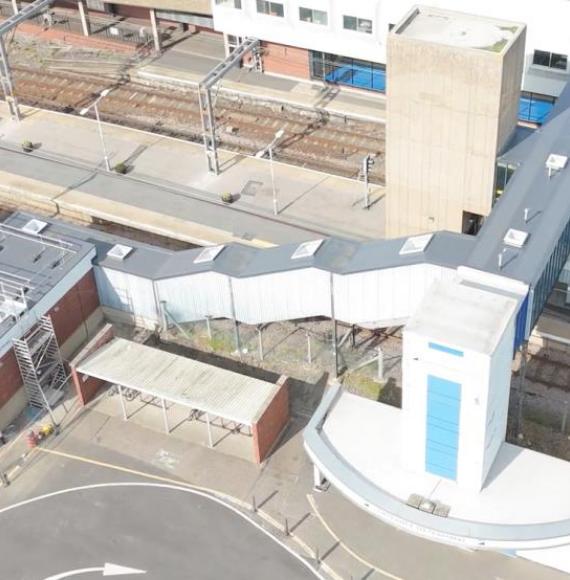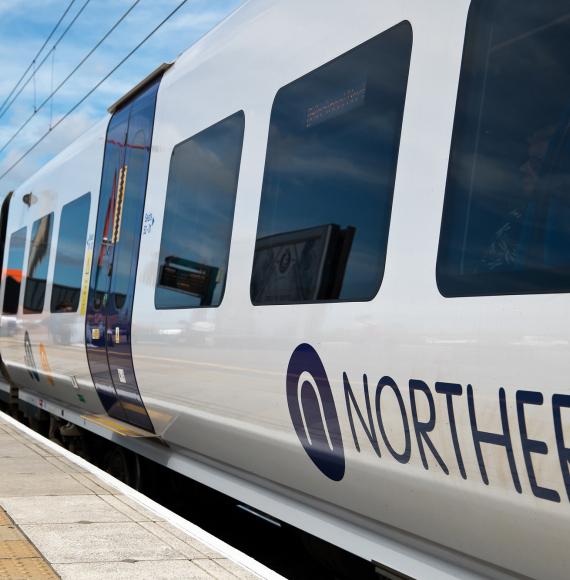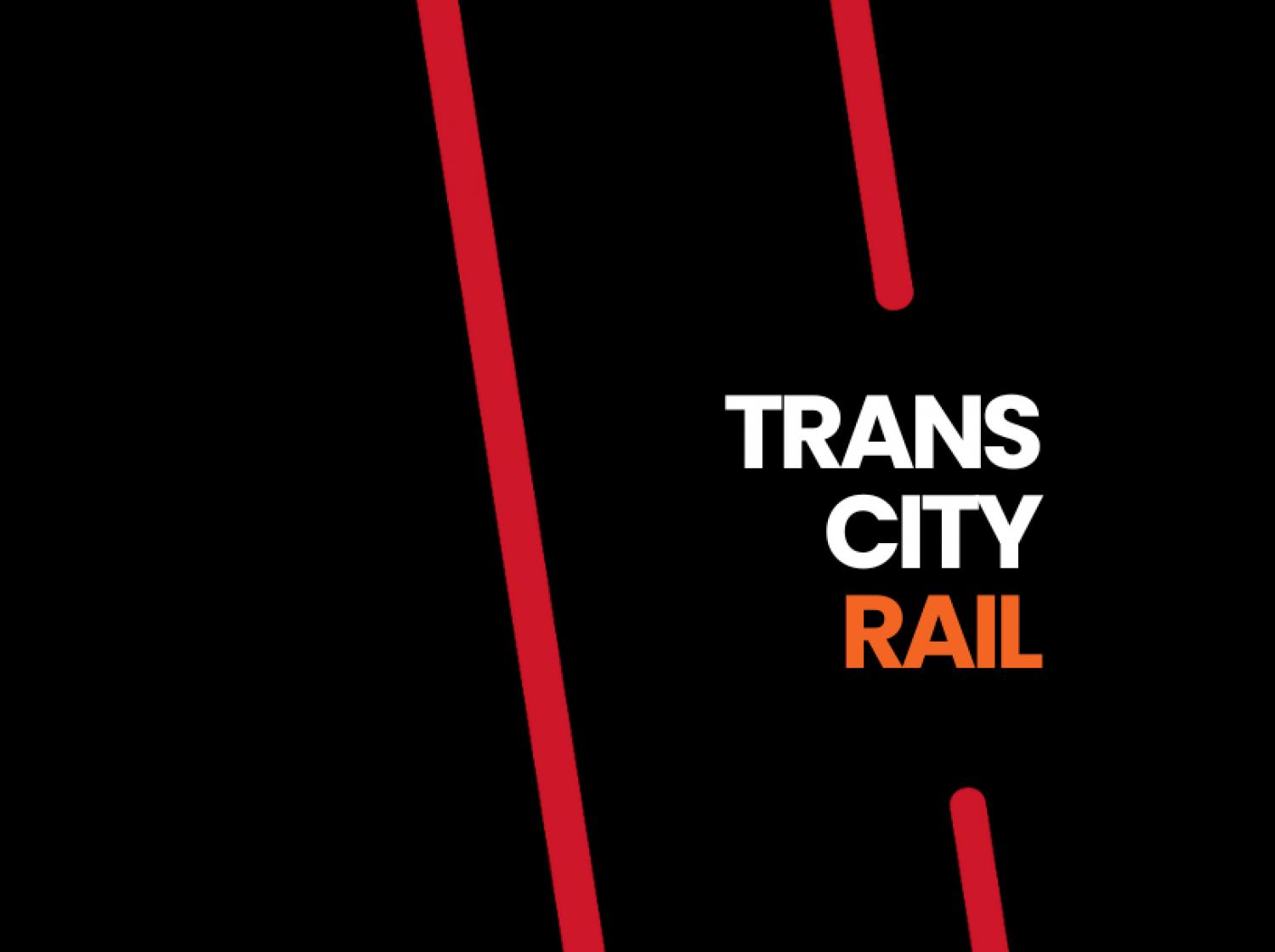The High Speed Rail Group (HSRG) have outlined a four-point plan to ‘win air travellers to rail’ in a new published report. The scope of such a shift in commuters travel habits towards rail, instead of short haul flights, is massive and will require the expansion of the national high speed rail network in order to help facilitate the change.
With over 16,700 air passengers travelling domestically across mainland Great Britain each day, improving the country’s rail offering and ensuring the transfer of passengers from air to rail will have an essential role ahead if we are to have any chance of achieving net zero. It will also deliver levelling up by strengthening the connectivity of major cities across the regions. The report’s recommendations have been distilled into a four-point plan, outlined below:
Step 1 More limited-stop, long distance rail services - London-Scotland accounts for 57% of domestic air travellers, so to compete with air, rail needs to offer point-to-point services with competitive prices. This could mean, for example, expanding the London-Edinburgh train service proposition operated by Lumo, adding London-Glasgow, Dundee and Aberdeen. But rail can only go so far operating on today’s unimproved network, which runs at its capacity limit.
Step 2 Utilise HS2 capacity to turbocharge modal shift - To make a deeper impact, rail needs to offer quicker journeys and the capacity must be available to run additional limited-stop services. This is just what HS2 provides. Rail’s share of the London-Scotland travel market could leap to 75% if, alongside HS2, services are speeded up north of Crewe.
Step 3 Move more international travellers to rail - While Eurostar services have succeeded in their chosen markets, HS1 across Kent and through the channel tunnel has capacity for more. London rail services can be extended to more cities within the 1000km distance band for single-day travel – including Berlin, Vienna, Hamburg, Frankfurt, Zurich, Geneva, Bordeaux, Nice, Barcelona.
Step 4 Properly connect Britain’s two high speed rail networks - HS2 can also extend European travel benefits across Britain, providing zero carbon connectivity across the nation. Once it is open, a new Javelin-style service could run over the West Coast Main Line and connect with high speed international services on HS1. So, passengers from the North and Midlands could avoid the off-putting gap between Euston and St Pancras stations. Or there is the option to create a proper passenger transfer facility between Euston-St Pancras (HS2 – HS1), one that provides a seamless ‘between two terminals’ connection suitable for all travellers.
Report author, and HSRG Board Director, Jim Steer commented:
“Our report makes clear the potential for rail, and high speed rail in particular, to provide an attractive and lower carbon alternative to flying.
“By considering pre-HS2 and post-HS2 timescales and the geographies that are within-Britain and between Britain and the continent of Europe, it becomes increasingly clear the essential role high speed rail will play in facilitating this shift.”
The report estimates that if all domestic mainland GB airline passengers were transferred to rail, they would fill around 20 trains per day each way. And when considering the expansion of international train travel to Europe, concludes that services could be expanded to cities within 1000km including Berlin, Zurich and Barcelona.

